
“9 Deaths of the Ninja” Theatrical Poster
Director: Emmett Alston
Cast: Sho Kosugi, Brent Huff, Emilia Crow, Blackie Dammett, Regina Richardson, Vijay Amritraj, Lisa Friedman, Kane Kosugi, Shane Kosugi, Ken Watanabe
Running Time: 94 min.
By Jeff Bona
After a string of successful martial arts films for The Cannon Film Group (Enter the Ninja, Revenge of the Ninja and Ninja III: The Domination), Sho Kosugi, the main face of the 80s phenomenon known as the “ninja craze,” hooked up with Crown International Pictures to make the campy cult classic, 9 Deaths of the Ninja.
Just like The Cannon Film Group, Crown International Pictures was primarily known for their exploitation film output. Crown, however, was a lot more “independent” than Cannon; meaning, their films were a few notches up in the B movie department (or would that be a few notches down?). With titles like Orgy of the Dead (1965), Blood Mania (1970) and Galaxina (1980) in Crown’s catalogue, it’s easy to see why 9 Deaths of the Ninja is closer to “drive-in” territory than his previous films.
The backstory to 9 Deaths of the Ninja is an interesting one. In 1981, Emmett Alston, a filmmaker known for New Year’s Evil (1980), was tapped to direct Cannon’s Enter the Ninja, but barely into production, Alston – along with the Enter the Ninja’s original star, karate expert Mike Stone – was fired by producer Menahem Golan, who took over directing duties, leaving Alston deranked to second unit director. Stone’s termination was for his lack of any decent acting ability (he was replaced by Django’s Franc Nero), yet he remained on the project as the film’s advisor and stuntman. Alston’s demotion is a mystery, but judging from Golan’s reputation for being an extreme “control freak,” creative differences undoubtedly played a factor.
4 years later, Alston would find ninja retribution with 9 Deaths of the Ninja, a film he not only directed, but also wrote. In addition, he – along with prolific producer Ashok Amritraj (Double Impact) – secured a deal with the ultimate ninja actor himself, Sho Kosugi. Oddly enough, Cannon’s Golan and Yoram Globus served as executive producers, which may explain Kosugi’s involvement. Whatever the case, this was Alston’s movie and he was determined to make it the way he wanted to, which is exactly what he did.
9 Deaths of the Ninja follows the adventures of Spike Shinobi (Kosugi), Steve Gordon (Brent Huff) and Jennifer Barnes (Emilia Crow); a trio of secret service agents who are sent on a mission to the Philippines to rescue a group of American hostages (amongst them, Kosugi’s real-life children, Kane and Shane) by a bunch of goofball terrorists, headed by Alby the Cruel (Blackie Dammett) and Honey Hump (Regina Richardson).
9 Deaths of the Ninja is certainly the red-headed stepchild in Kosugi’s filmography. Even Kosugi himself fails to mention its existence in interviews, which is a damn shame, because it’s arguably his most entertaining feature when viewed from a “so bad, it’s good” perspective.
Despite being an American production, 9 Deaths of the Ninja feels like a cheaply-made, third-rate Asian film. Its acting, pacing, editing – and pretty much everything else – is rough around the edges. In fact, it’s a few hairs away from being as outlandish as a Cirio H. Santiago (Future Hunters) flick; and it doesn’t help that 9 Deaths of the Ninja was shot in the Philippines with extras made up of mostly Filipino talent. To top it off, Kosugi’s voice is dubbed (to be fair, all of Kosugi’s movies at this point were dubbed by another actor, but 9 Deaths of the Ninja takes the cake for having the crudest voice work).
What makes 9 Deaths of the Ninja interesting is that it’s essentially Kosugi being Jackie Chan: he’s playful, he’s humorous, he makes funny faces – and like Kojak – he has a habit of sucking on lollipops, which he keeps tucked into his accessory belt next to his throwing stars. During one particular fight scene, Kosugi barely proves victorious after being held down and punched in the testicles by a gang of midget assassins. And just a heads up for some of you ladies (and maybe even some of you guys): 9 Deaths of the Ninja is the only chance for you to see Kosugi wearing speedos.
Kosugi must be a huge James Bond fan. Not only does 9 Deaths of the Ninja have a pre-credit action piece, it also has a 007-like credit sequence that shows a shirtless Kosugi swinging his ninja sword while a pack of sexy ballet performers dance around him. The scene is topped off by a poorly produced Bond-esque love song that’s not exactly Shirley Bassey or Carly Simon. There’s even a Richard Kiel-like villain, not to mention an appearance by former tennis player (and brother of the film’s producer), Vijay Amritraj, who, a couple of years earlier, co-starred in the actual Bond movie, Octopussy (1983). Kosugi would play around with yet another Bond-esque title sequence with Pray for Death, which was also released in 1985.
9 Deaths of the Ninja is often referred to as a parody, which I find completely false. Sure, the film never takes itself serious, but it’s not an exaggerated imitation of any particular character or movie, either. It’s basically a corny ninja flick that’s very light-hearted, despite its R-rating (which is probably more for the brief nudity than the violence). As with all Kosugi movies, the action is spotty, but there’s definitely some slick martial arts moves to be found.
9 Deaths of the Ninja was the last film Kosugi would appear in that had any connection to Golan or Globus. At one point, he was attached to American Ninja (the role eventually when to Michael Dudikoff), but due to creative differences, Kosugi signed a new deal with Transworld Entertainment to start production on Pray for Death (1985), followed by Rage of Honor (1987). As for Alston, the director, he went on to make Tigershark (1987), a film that re-united him with his fellow Enter the Ninja-firee, Mike Stone.
At the time of writing this review, 9 Deaths of the Ninja is the only Kosugi film – produced at the peak of his career – that hasn’t made its way onto Blu-ray. Considering the film’s original negatives are probably hidden in someone’s attic in Manila, I wouldn’t hold your breath. But don’t let a bad DVD transfer stop you from witnessing Kosugi’s wackiest hour.
Jeff Bona’s Rating: 6/10

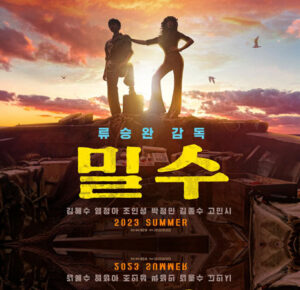

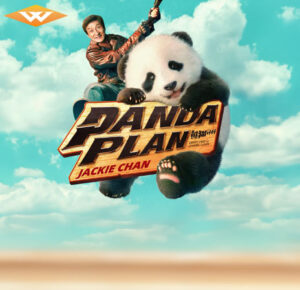

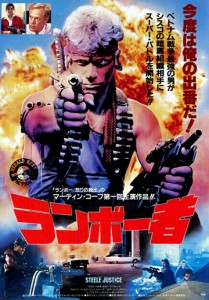

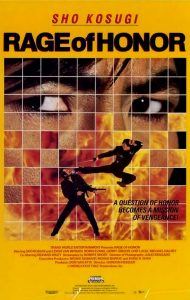
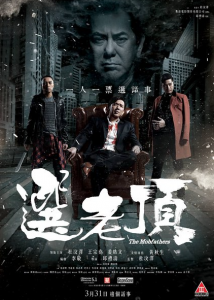

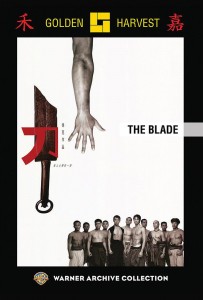


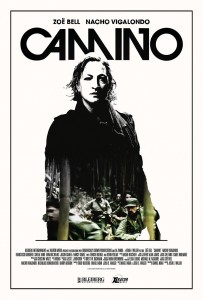
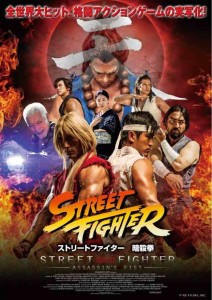
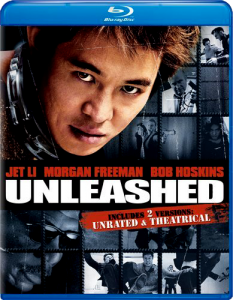
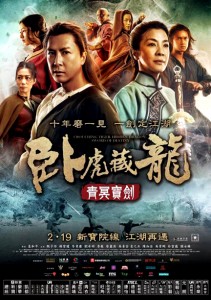
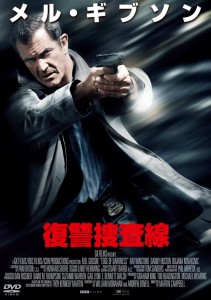






Be the 1st to Comment